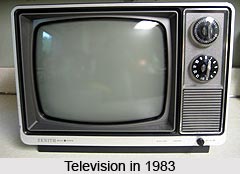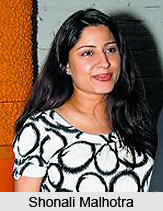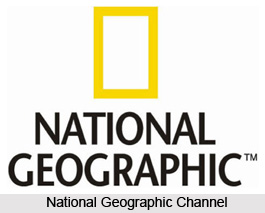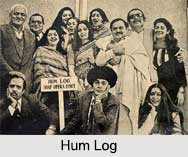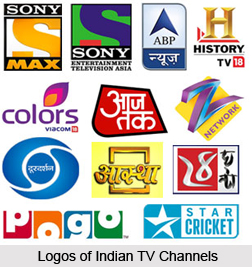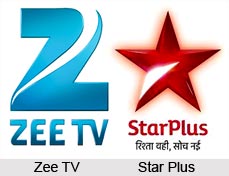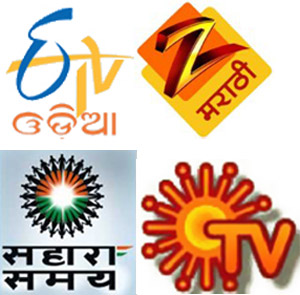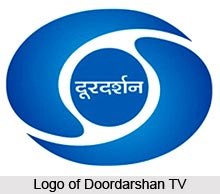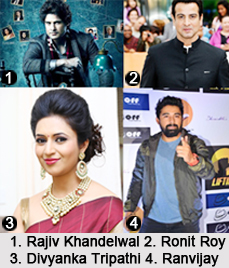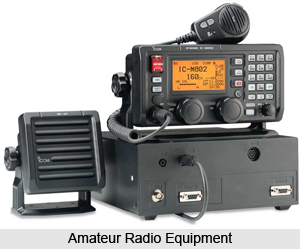 Amateur radio in India, also known as ham radio, is very popular with over 16,000 licensed users in the country. It signifies the use of a designated radio frequency spectrum for private recreation, emergency communication, self-training, wireless experimentation, non-commercial exchange of messages and other activities which do not involve monetary or similar rewards. The role of this radio service is very crucial as it provides voluntary emergency communications during national emergencies and disasters like floods, cyclones, tsunamis, earthquakes and bomb blasts. Some of the popular events of armature radio include DX contests, the annual Hamfest India and daily ham nets. In India many public figures are licensed ham operators such as Indian National Congress president Sonia Gandhi, former Minister for Information Technology Dayanidhi Maran and Bollywood actor Amitabh Bachchan.
Amateur radio in India, also known as ham radio, is very popular with over 16,000 licensed users in the country. It signifies the use of a designated radio frequency spectrum for private recreation, emergency communication, self-training, wireless experimentation, non-commercial exchange of messages and other activities which do not involve monetary or similar rewards. The role of this radio service is very crucial as it provides voluntary emergency communications during national emergencies and disasters like floods, cyclones, tsunamis, earthquakes and bomb blasts. Some of the popular events of armature radio include DX contests, the annual Hamfest India and daily ham nets. In India many public figures are licensed ham operators such as Indian National Congress president Sonia Gandhi, former Minister for Information Technology Dayanidhi Maran and Bollywood actor Amitabh Bachchan.
History of Amateur Radio in India
Amarendra Chandra Gooptu was the first amateur radio operator of the country who received the licence in the year 1921. Later with the advent of the second ham operator, Mukul Bose, the two-way ham radio communication was introduced in the country. By 1923, India recorded twenty British hams operating in India. In mid 1930s the country had about fifty licence holders, most of which were British officers. The grant of further licences was cancelled in 1939 with the outbreak of World War II. As the freedom struggle strengthened in India, Azad Hind Radio was set up by ham operator Nariman Abarbad Printer for broadcasting protests and uncensored news. However he was arrested with seizure of his equipments. Later Mumbai based amateur radio operators were contacted by Indian National Congress activists under the leadership of Usha Mehta for broadcasting vital messages to the party workers throughout the country. The radio service was named as Congress Radio but owing to the external forces, the station was shut down. Post independence, the Amateur Radio Club of India, was the first amateur radio organization, inaugurated in 1948. Due to low awareness, the licensed operators remained fewer in number for a substantial time and rose in number after 1984, when the then Indian Prime Minister, Rajiv Gandhi, waived the import duty for wireless equipment.
Licence Categories for Amateur Radio in India
A candidate can obtain a licence only after passing the Amateur Station Operator`s Certificate examination which is organized every month in Chennai, Kolkata, Mumbai and Delhi and every two months in Hyderabad, Nagpur, Ahmedabad. A police interview is conducted for the candidates who qualify the exam, after the clearance of which Wireless and Planning and Coordination Wing (WPC) grants the licence with the user-chosen call sign. The entire procedure may take up to 12 months.
Call Signs of Amateur Radio in India
Individual call-signs are allotted by WPC which are further listed as per the licence grade. VU call-sign prefix are allotted only to the Indian amateur radio operators. Temporary call signs are allotted by WPC for special events or contests.
Organizations of Amateur Radio in India
The regulation of amateur radio is under the Wireless and Planning and Coordination Wing (WPC) which is a division of the Ministry of Communications and Information Technology. It is responsible for assigning call signs, conducting exams, issuing amateur radio licences, monitoring of radio waves and allotment of frequency spectrum. The amateur radio interests at a number of forums are represented by Amateur Radio Society of India (ARSI). It also represents India at the International Amateur Radio Union. National Institute of Amateur Radio (NIAR) is another important organization which promotes the service and is involved with the educational programs in the country.
Awareness about Amateur Radio in India
Amateur Radio operators in India are only 16,000 in number which owes to the high equipment cost, low awareness and bureaucratic procedures to be followed for obtaining the licence. In 2006 ham radio was included in the chapter of emergency communications on the subject of Disaster Management by the Central Board of Secondary Education (CBSE). It also accounts for a great utility in hospitals, schools and local panchayat. They can serve as early warning systems for village communities during emergencies. Amateur Radio also organizes various events which serve the social as well as cultural scenario of the country.


